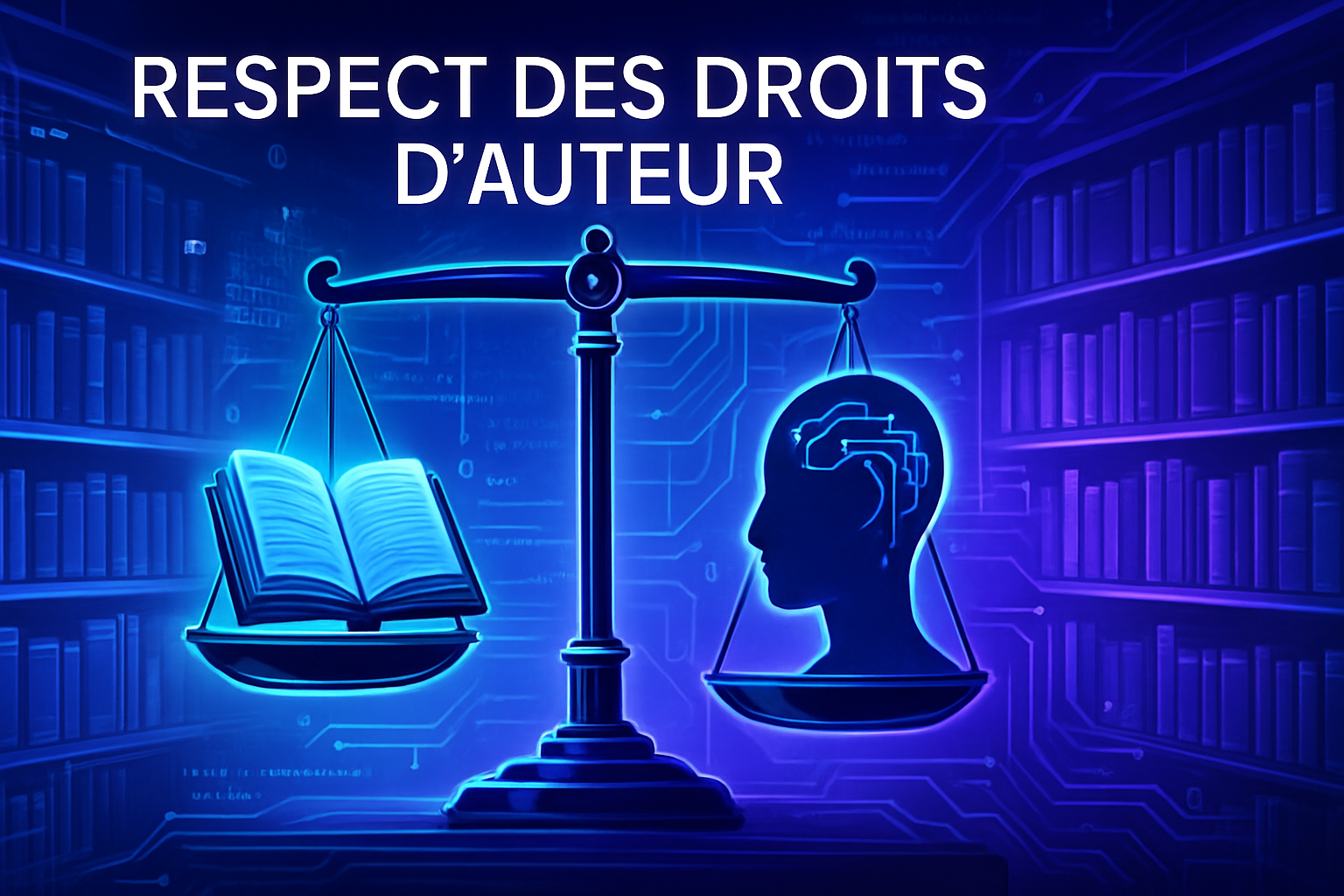The court decision has just sealed the fate of Anthropic, revealing an innovative interpretation of copyright legality. The art of artificial intelligence finds itself at a crossroads, raising unprecedented ethical and legal issues. *Books, once considered unalterable, are now becoming tools of innovation* in a constantly evolving digital world. This case exposes the tension between creation and intellectual property, prompting a deep reflection on the future of copyright in the era of generative technologies.
Federal Court Decision
A federal judge based in San Francisco confirmed that the use of books by the company Anthropic to train its artificial intelligence system did not constitute a violation of copyright law. The ruling by Judge William Alsup stated that the company acted within the bounds of fair use by using works from authors such as Andrea Bartz, Charles Graeber, and Kirk Wallace Johnson to develop its language model Claude.
Background of the Case
The case was brought by writers who argued that Anthropic had used pirated versions of their books without permission or compensation to teach Claude how to respond to human queries. The company, backed by Amazon and Alphabet, had absorbed a large volume of protected works without acquiring the necessary rights.
Judgment Argumentation
Judge Alsup compared Anthropic’s use of books to that of a reader aspiring to be a writer. According to him, this reader uses works not to surpass or reproduce the authors, but to draw inspiration from them and create something different. However, he specified that Anthropic had pirated and stored over 7 million books, which constituted a violation of copyright. A trial set for December will determine the amount of damages owed by Anthropic.
Reactions from Industry Stakeholders
A representative from Anthropic expressed satisfaction with the court’s acknowledgment that training its AI was transformative and aligned with the purpose of copyright in promoting creativity. AI companies argue that their systems realize fair use by creating transformative content. Financial implications must be evaluated cautiously, as copyright could prove extremely costly for the emerging sector.
Implications for the Industry
The decision by Alsup could have significant consequences in the copyright legal landscape, especially in a context where other similar cases are moving through U.S. courts. An increase in litigation concerning fair use and copyright regarding AI models is anticipated. The decision will be a pivotal element for upcoming cases reviewed by the courts.
International Perspectives
Debates concerning copyright protection for works used in training AI models are also unfolding internationally. In the UK, for example, the legal framework differs significantly. Lawyers anticipate that questions surrounding copyright costs could see major changes, especially with proposed laws currently under discussion. Their implications for the creative industry are already visible, prompting considerable resistance.
Legal Conclusion
The ruling by Alsup underscores the tensions between the technology and creative industries, particularly regarding the use of copyright-protected works. Lawyers are concerned about how these decisions may support or challenge copyright in the future. Companies like Anthropic, OpenAI, and Meta find themselves at the center of a debate that could redefine the boundaries of legality surrounding artificial intelligence models.
For fair use cases, the debate is intensifying. This decision fits into a broader context where the growing impact of artificial intelligence on the music industry and other sectors continues to evolve. Economic stakes combine with the challenge of preserving intellectual property, now more than ever on the agenda.
The stakes remain high, with questions about how AI technologies affect the creative sector. Industrialist James Cameron recently suggested that AI could potentially reduce film production costs, leading to new considerations regarding copyright.
Common Questions about the Ruling on Anthropic and Copyright
What does the court’s decision regarding Anthropic mean for the use of books in AI training?
The court ruled that Anthropic made fair use of the books to train its AI system, Claude, indicating that the use of copyright-protected works in certain contexts could be considered legal.
What are the criteria defining fair use according to the court’s decision?
The court established that fair use includes cases where works are used to create something new and different, without the intention of replacing the original works.
What are the potential impacts of this decision on the AI industry?
This decision could encourage other companies to use protected works to train their AI models, following the same reasoning regarding fair use, but it also fuels tensions with authors and publishers.
Does the court’s decision only affect Anthropic, or does it have broader implications?
Although the decision concerns Anthropic, it could influence other similar cases involving AI companies facing allegations of copyright infringement, as it establishes a precedent regarding fair use.
Did Anthropic have to pay damages for intellectual property infringement?
No, the court ruled that although Anthropic violated copyright by storing pirated copies, the infringement should not immediately lead to heavy fines, but the court anticipates a trial to determine the amount of damages.
How does the court’s decision affect writers and creative industries?
This decision raises concerns among writers about the protection of their works and their ability to be compensated for their labor, which may strengthen the need for copyright law reform to better protect them.
What measures can authors take to protect their rights in the future?
Authors can formally register their works, raise awareness about copyright, and engage in public discussions to promote laws that protect their work while considering technological innovations.
Does the fair use argument apply to other contexts outside of artificial intelligence?
Yes, the concept of fair use applies to various fields, including education, journalism, and research, but each case is examined individually according to specific criteria.






